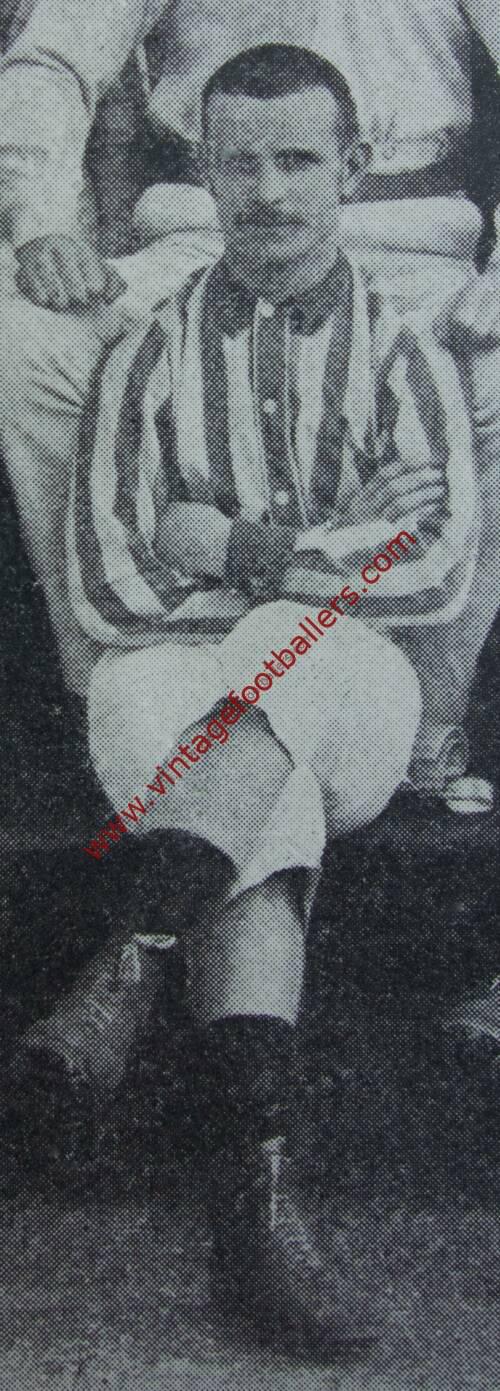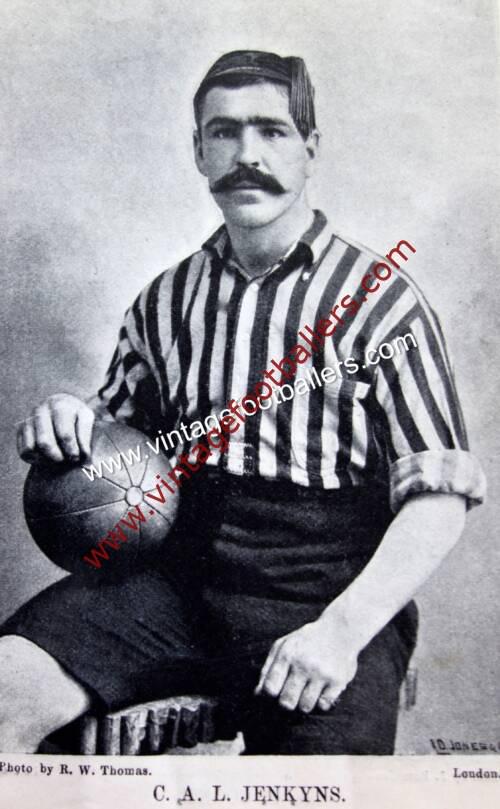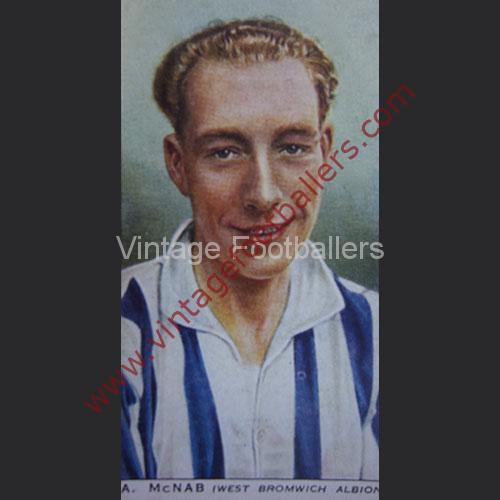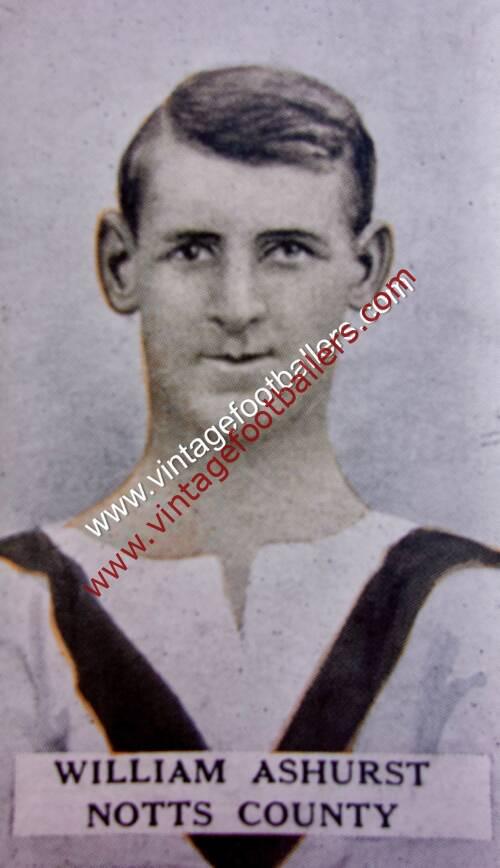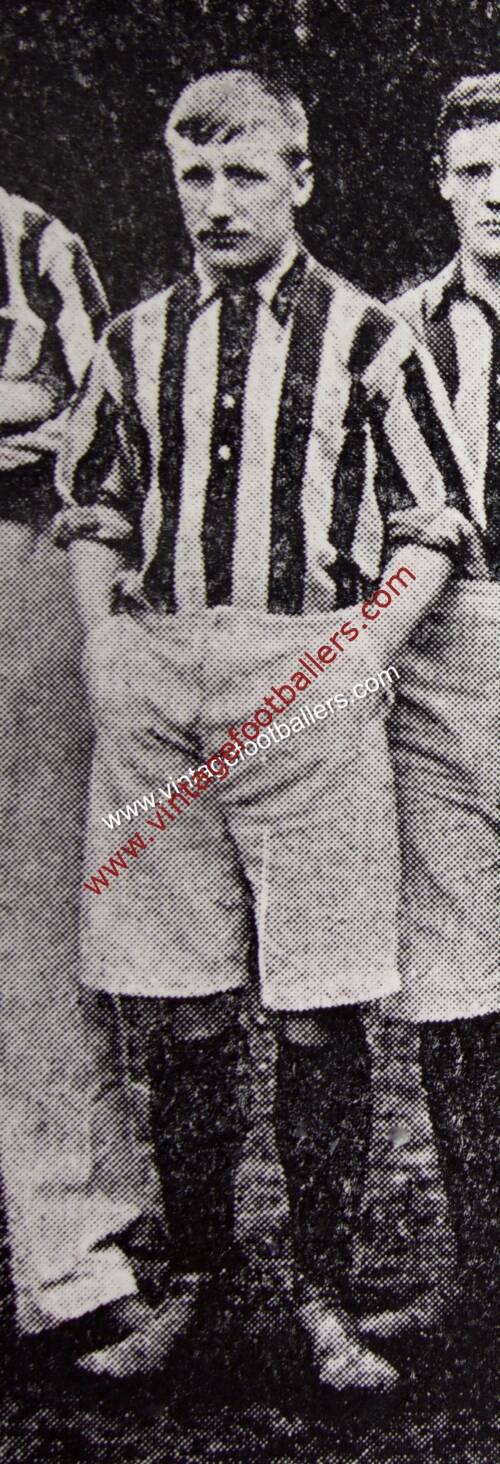Please choose your photo size from the drop down menu below.
If you wish your photo to be framed please select Yes.
Note: 16″x 20″not available in a frame.
Images can also be added to accessories. To order please follow these links
£8.95 – £49.95
Please choose your photo size from the drop down menu below.
If you wish your photo to be framed please select Yes.
Note: 16″x 20″not available in a frame.
Images can also be added to accessories. To order please follow these links
Tipton, Staffordshire born wing half Jem Bayliss played for Great Bridge Unity, Wednesbury Old Athletic and Tipton Providence before joining West Bromwich Albion in 1885. Bayliss, who played at centre forward, was made captain of the club. In the 1885-86 season WBA beat Wolverhampton Wanderers (3-1), Old Carthusians (1-0), Old Westminsters (6-0) and Small Heath Alliance (4-0) to reach the FA Cup Final to be played at The Kennington Oval. Their opponents were Blackburn Rovers, who were appearing in their third successive Final. Four of the players, Fergie Suter, Hugh McIntyre, Jimmy Brown and Jimmy Douglas were playing in their fourth Final in five seasons. WBA dominated the match but Herby Arthur, the Blackburn goalkeeper, made several good saves and the game ended in a 0-0 draw. The replay took place at the Racecourse Ground, Derby. A goal by Joe Sowerbutts gave Blackburn Rovers an early lead. In the second half James Brown collected the ball in his own area, took the ball past several WBA players, ran the length of the field and scored one of the best goals scored in a FA Cup Final. Blackburn now joined the Wanderers in achieving three successive Cup Final victories.
This was a magnificent achievement for a team of amateurs. Seven members of the team that reached the 1886 FA Cup Final still worked at Salter’s Spring Factory. This included Bob Roberts, Charlie Perry, George Woodhall, George Timmins, Ezra Horton George Bell, and Harry Bell. All eleven players were born within a six mile radius of West Bromwich. At the time the town had a population of 56,000 people.
In the 1886-87 season they beat Burton Wanderers (6-0), Derby Junction (2-1), Mitchell’s St George (1-0), Lockwood Brothers (2-1), Notts County (4-1), Preston North End (3-1) to reach the FA Cup Final once again, this time against Aston Villa. For the second successive year WBA lost the Final, again played at The Kennington Oval, 2-0 and once again Bayliss missed out on a Cup winner’s medal.
WBA were in great form in the 1887-88 season, scoring 195 goals in 58 first team matches. WBA also enjoyed another good run in the FA Cup beating Stoke City (4-1), Old Carthusians (4-2) and Derby Junction (3-0) to reach the Final against Preston North End. A crowd of nearly 20,000 watched at The Kennington Oval on 24th March, 1888. The 19 year-old Billy Bassett was the star of the game and after one long dribble he passed to Bayliss who scored the opening goal. Fred Dewhurst scored an equaliser early in the second half but WBA gradually got the upper hand. According to Philip Gibbons in Association Football in Victorian England: “Bassett tormented their defence”. He eventually provided the cross for George Woodhall to score the winning goal ten minutes from time.
The first season of the Football League began in September, 1888. Albion’s professional players received 10 shillings a week, with no bonuses or expenses. Preston North End won the first League Championship without losing a single match and acquired the name The Invincibles. West Bromwich Albion finished in 6th place with Billy Bassett ending up as the club’s top scorer with 14 goals in 25 games. Bayliss managed to score 5 goals in 26 matches.
Preston North End also won the First Division title in the 1889-90 season, with The Baggies finishing in 5th place. Top scorer for the club that season was Tom Pearson with 17 goals in 24 games. Bayliss managed to score 9 goals in 21 League and Cup matches. He also won his first and only international cap against Ireland at Molineux in March 1891. Also in the England team that day were WBA team mates Billy Bassett and Charlie Perry. This cap was earned after Bayliss had twice been in the England squad in 1887 and once in 1888, on each occasion he was a non playing reserve, and he was again selected as a reserve a month after his only cap for the match against Scotland at Ewood Park.
Bayliss retired from professional football in March 1892 having scored 16 goals in 66 appearances for Albion since their entry to the Football League. However, he did subsequently play a few games for Walsall Town Swifts in 1892-93. Bayliss was also a director of West Bromwich Albion until 1902.
NB in this photograph c.1932 or 1933 and by now elderly, Bayliss stands on the left with West Bromwich Albion secretary-manager Fred Everiss.
| Weight | N/A |
|---|
